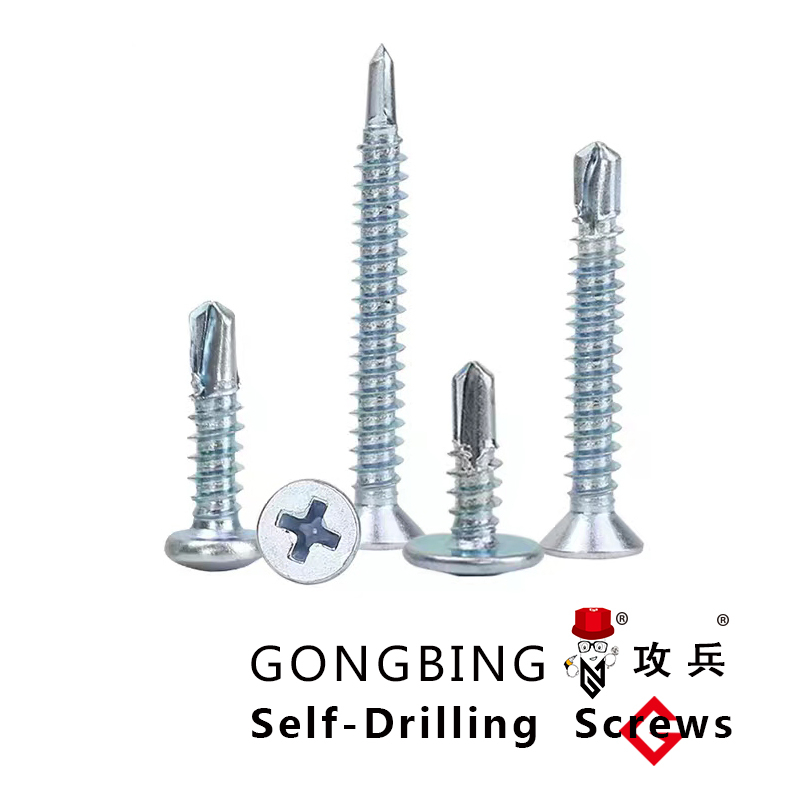Understanding the Importance and Installation of Foundation Bolts in Construction Projects
Understanding Foundation Bolts Essential Components for Structural Stability
Foundation bolts are critical elements in the construction and engineering fields, serving as anchors that secure structures to their foundations. These bolts are designed to withstand tremendous forces and loads, ensuring the stability and longevity of buildings, bridges, and other infrastructures. In this article, we will explore the types, applications, design considerations, and installation methods for foundation bolts.
Types of Foundation Bolts
Foundation bolts come in various types, each suited for specific applications. The most common types include
1. L-shaped Bolts These are bent at a right angle and provide robust anchorage. They are typically used in applications where a large bearing surface is required, such as securing heavy machinery or structural elements.
2. J-bolts J-bolts feature a hook at one end and are often used to anchor wooden posts or structural frames to concrete foundations. Their design allows for easy adjustments during installation.
3. Straight Bolts These bolts are simple in design and are often used in conjunction with nuts and washers. They provide strong connections for various structural elements and can be used in a wide range of applications.
Understanding the specific characteristics and best uses for each type of bolt is essential for selecting the right component for a given project.
Applications of Foundation Bolts
Foundation bolts are used in a variety of construction and engineering applications. Some of the common uses include
- Structural Support Foundation bolts are widely used to secure steel beams and columns to concrete foundations. This is crucial in buildings, especially in areas prone to seismic activity.
- Heavy Machinery Anchoring In industrial settings, foundation bolts anchor heavy machinery and equipment, ensuring they remain stable during operation.
- Wind Turbine Construction Foundation bolts play a vital role in the construction of wind turbines, anchoring the base to withstand strong wind forces.
- Bridge Construction In bridge engineering, foundation bolts secure key structural components, contributing to the overall stability and safety of the bridge
.foundation bolts pdf

Design Considerations
When designing foundation bolts, several factors must be considered
- Load Requirements It is essential to evaluate the loads that the bolts will bear, including static and dynamic loads, to determine the appropriate size and material.
- Environmental Factors Bolts must be designed to withstand environmental influences such as corrosion, temperature changes, and moisture, which can affect their strength and longevity.
- Material Selection Common materials for foundation bolts include carbon steel, stainless steel, and galvanized coatings. The choice of material directly impacts the bolt's performance and durability.
- Embedment Depth and Spacing The depth of the bolt’s embedment in the concrete and the spacing between bolts are critical. Proper embedment increases the resistance to pull-out forces, while appropriate spacing ensures even load distribution.
Installation Methods
Proper installation is crucial for the effectiveness of foundation bolts. The installation process typically involves
1. Preparation of Concrete Before pouring concrete, the positions for the bolts are marked, and the holes for the bolts are prepared.
2. Positioning and Alignment The bolts are placed in the concrete formwork and aligned properly to ensure they are vertical and in the correct location once the concrete is poured.
3. Pouring Concrete Concrete is poured into the formwork, encapsulating the bolts, and upon setting, the bolts provide a secure anchor point.
4. Nuts and Washers After the concrete has cured, nuts and washers are installed over the exposed threads of the bolts to secure structural components.
In conclusion, foundation bolts are an indispensable part of modern construction, contributing significantly to the structural integrity of buildings and infrastructure. Understanding their types, applications, design considerations, and installation methods is essential for engineers and architects to ensure safety and durability in their projects. As designs evolve and structures become more complex, the importance of selecting and installing the right foundation bolts cannot be overstated.
-
Weatherproof Plastic Expansion Anchors for OutdoorNewsJun.06,2025
-
Sustainability in the Supply Chain: Eco-Friendly TEK Screws ProductionNewsJun.06,2025
-
Load-Bearing Capacity of External Insulation FixingsNewsJun.06,2025
-
Double Head Bolts: Enhancing Efficiency in Industrial MachineryNewsJun.06,2025
-
Corrosion Resistance in Chipboard Screws: Coatings for Wholesale DurabilityNewsJun.06,2025
-
Butterfly Toggle Bolts : Enhancing Structural ResilienceNewsJun.06,2025
